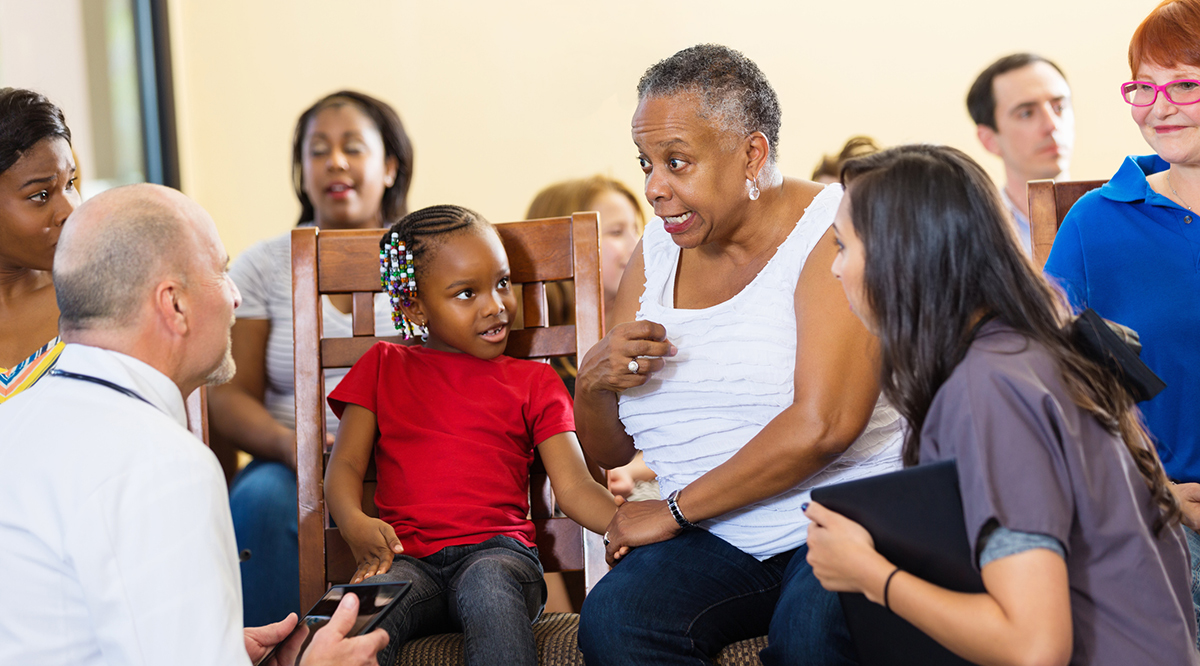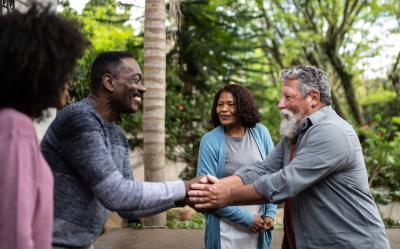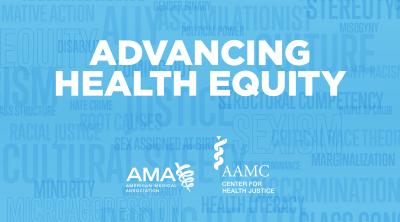Trustworthiness
Authentic partnerships are built on trust.

A long and ongoing history of mistreatment and abuse has fostered logical mistrust and distrust of the health care system and other institutions across many communities. Racism, classism, ableism, and other isms that give advantage to some groups and disadvantage to others are not soon forgotten by the people they affect. Mis- and disinformation also play key roles. It’s up to those institutions to demonstrate they are worthy of their communities’ trust. Trust is the foundation of the community-driven, multisector partnerships necessary to create lasting health equity for all.

Start Here: The Principles of Trustworthiness Toolkit
Developed in partnership with researchers and communities across the U.S., the toolkit is grounded in the 10 Principles of Trustworthiness, which guide organizations from good intentions to real accountability. Designed for health systems, academic institutions, and community partners, the toolkit offers a structured but flexible approach to build authentic relationships, reflect on institutional behaviors, and take intentional action.

Principles of Trustworthiness Toolkit Project
Teams of multisector, community partnerships will formally use and evaluate the Principles of Trustworthiness Toolkit for one year.

Advancing Health Equity: A Guide to Language, Narrative and Concepts
Produced in partnership with the American Medical Association, this resource guides institutions toward a deeper understanding of equity-focused, person-first language and narratives and why these choices matter on the road to trustworthiness.

Building Trust and Confidence Through Partnerships
The CDC funded a grant program that promoted stronger cross-sector collaboration between academic medicine, public health departments, social services agencies, and community-based organizations to increase trust and acceptance of COVID-19 vaccines as well as other routine vaccines, especially for children and adolescents.

The State of Trustworthiness
New polling reveals surprising differences in the public's trust in institutions by age, race, and income. What does this mean for organizations working toward becoming trustworthy partners to their communities?